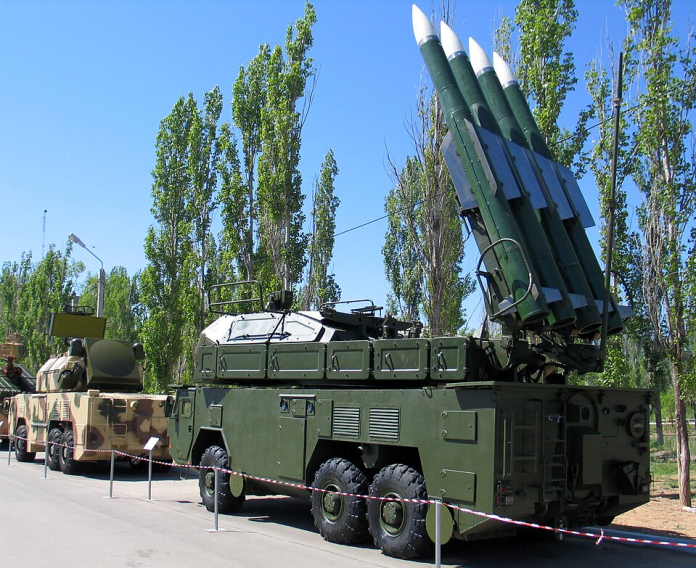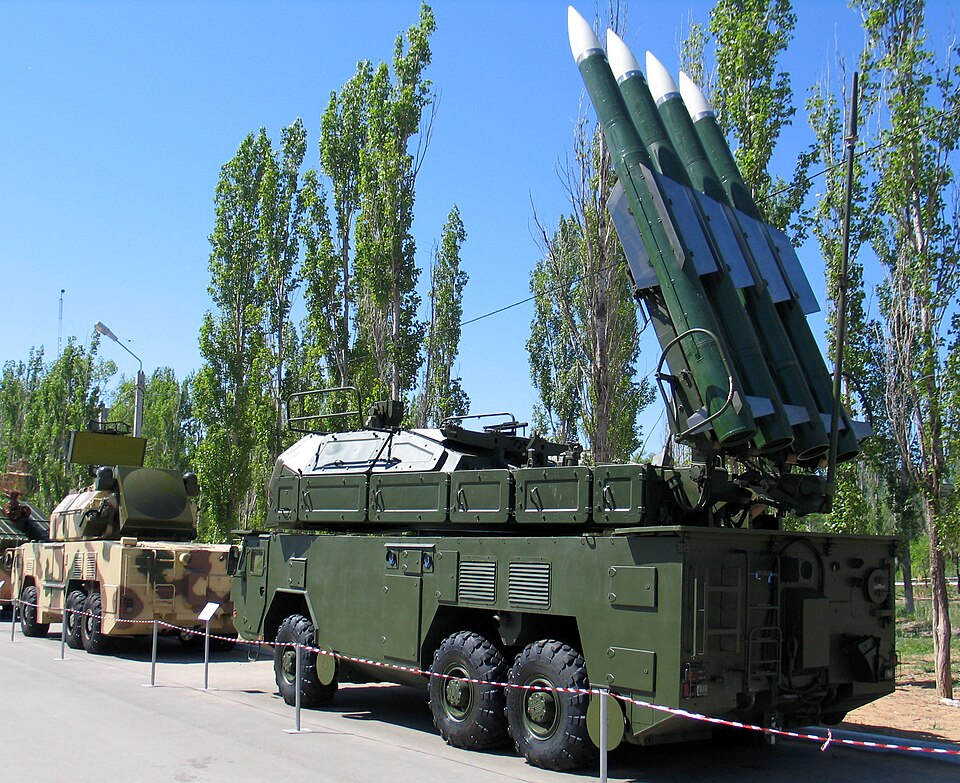
War is ninety percent information, Napoleon once declared, and in Ukraine’s recent strike on a Russian Buk-M2 air defense system, the intel was as articulate as the boom itself. September 5’s operation, filmed in crisp combat footage, was a victory on the battlefield more than it was a lesson in how current reconnaissance, precise targeting, and emerging drone tactics are winning over the battle for the air.
The disabling of the $25 million system by Ukraine’s 15th Separate Artillery Reconnaissance “Black Forest” Brigade was not an isolated event. It fits into a wider pattern of targeted attacks on Russian air defense high-value assets, a campaign that has stripped layers from Moscow’s protective canopy. For defense observers, the encounter offers a glimpse into the convergence of technology, tactics, and the economics of modern warfare.
Below are seven takeaways from this strike and its context lessons that reveal not just how Ukraine pushed back on a high-tech weapon, but how the air component of the war is evolving in the face of innovation and wear.
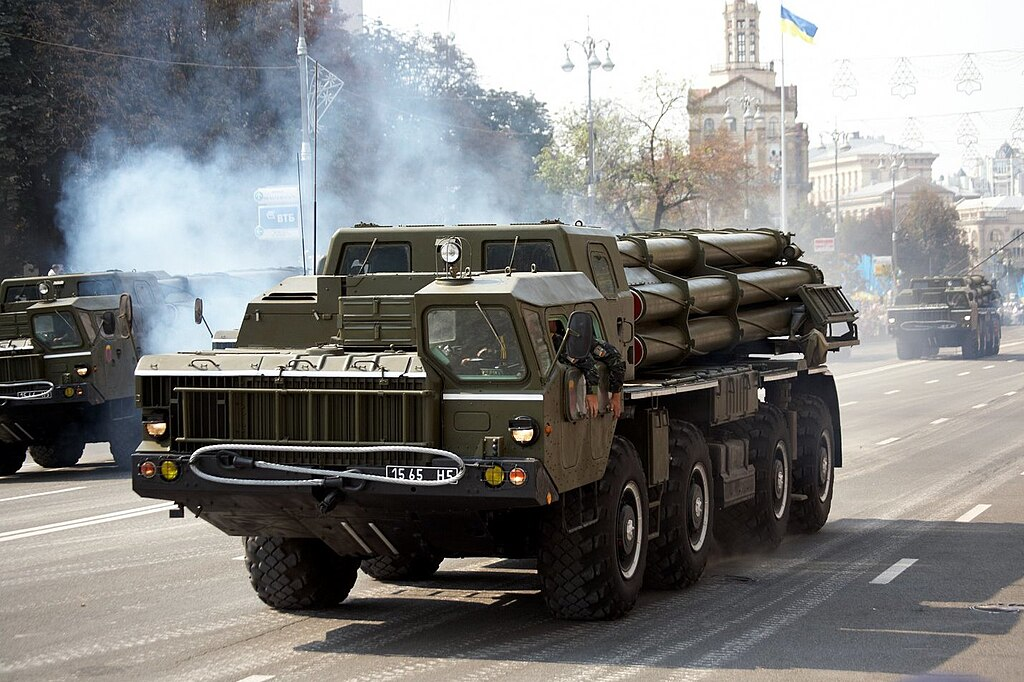
1. The Precision Strike of the Black Forest Brigade
The 15th Separate Reconnaissance Artillery Brigade, or “Black Forest,” has earned a reputation for identifying and dismantling Russian air defense equipment. Here, they corrected their fire after they missed the first attempt by a hair’s breadth before ultimately destroying the Buk-M2 where it was sitting in a field. The unit’s success shows the benefit of rapid targeting correction and ongoing observation in artillery firefights.
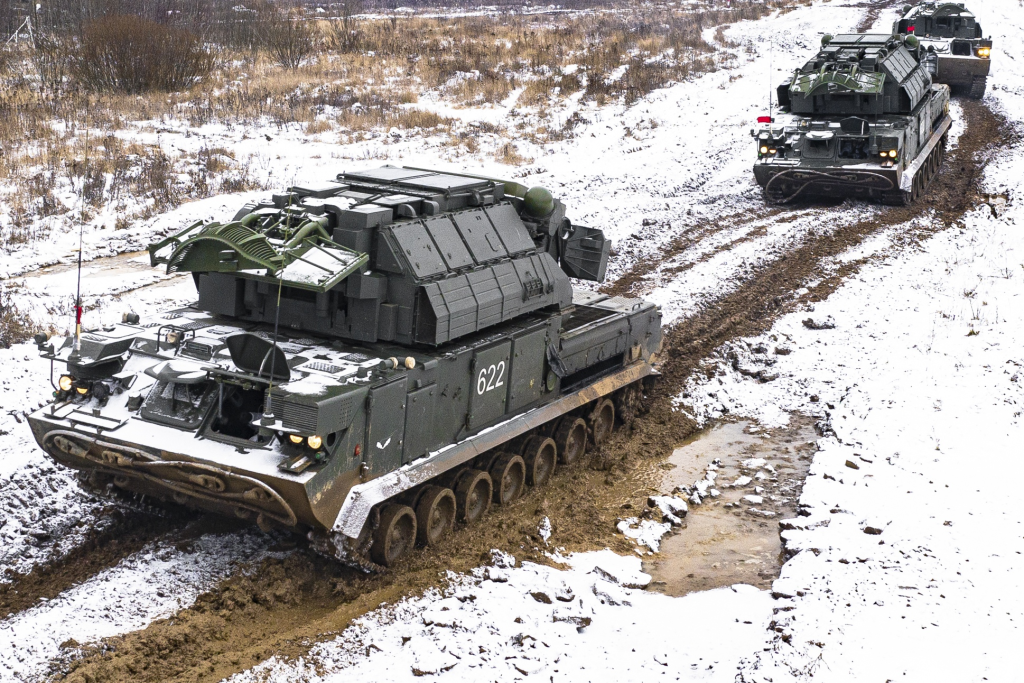
This was not their first high-profile kill. In April 2025, in partnership with the 14th Regiment of the Unmanned Systems Forces, they helped to destroy a number of Russian systems among them a Tor-M2, a Buk-M3, and a S-300V, an uncommon model inflicting losses estimated at $100 million. These strikes degrade Russia’s multi-layered air defense system, opening windows for Ukrainian planes and drones to fly with fewer risks.
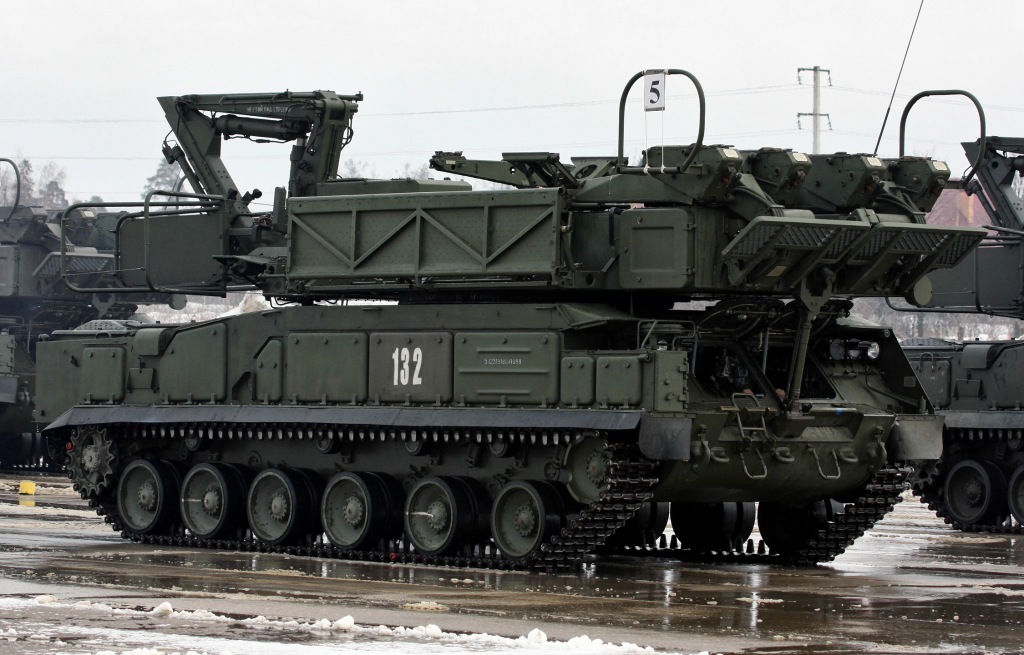
2. Buk-M2 Role and Vulnerabilities
Buk-M2 is applied for countering aircraft, helicopters, missiles, and drones within medium range. Its mobility and radar-guided missiles make it a huge threat to mid- and low-altitude targets. However, as this attack shows, even advanced systems are rendered defenseless when stationary and exposed.
According to recent battlefield reports, Ukrainian forces have methodically exploited these vulnerabilities ambushing Buk units while on the move or in temporary positions before they can regroup. Destroying radars or launchers not only denies a firing battery but can knock out the broader network’s tracking and engagement capability.
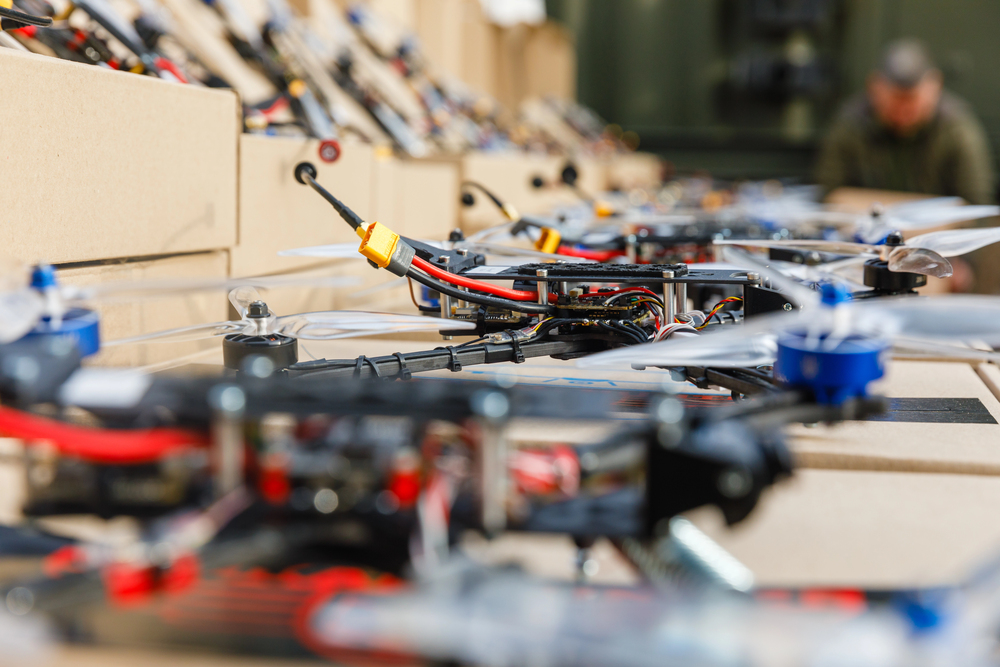
3. Drones as the Eyes and Trigger
Modern Ukrainian operations begin with drones. Reconnaissance systems locate targets, verify their target worth, and provide artillery or loitering ammunition with coordinates. In some cases, first-person-view (FPV) drones themselves carry out the attack.
As described by Ukrainian drone company commanders, FPVs can potentially be faster to hit than artillery shells in dynamic conditions, chasing moving targets until the moment of strike. The September 5 Buk-M2 assault relied on the type of layered reconnaissance, ensuring the second salvo was precise. This convergence of air scouts with ground firepower has become a signature feature of Ukraine’s anti-air-defense warfare.
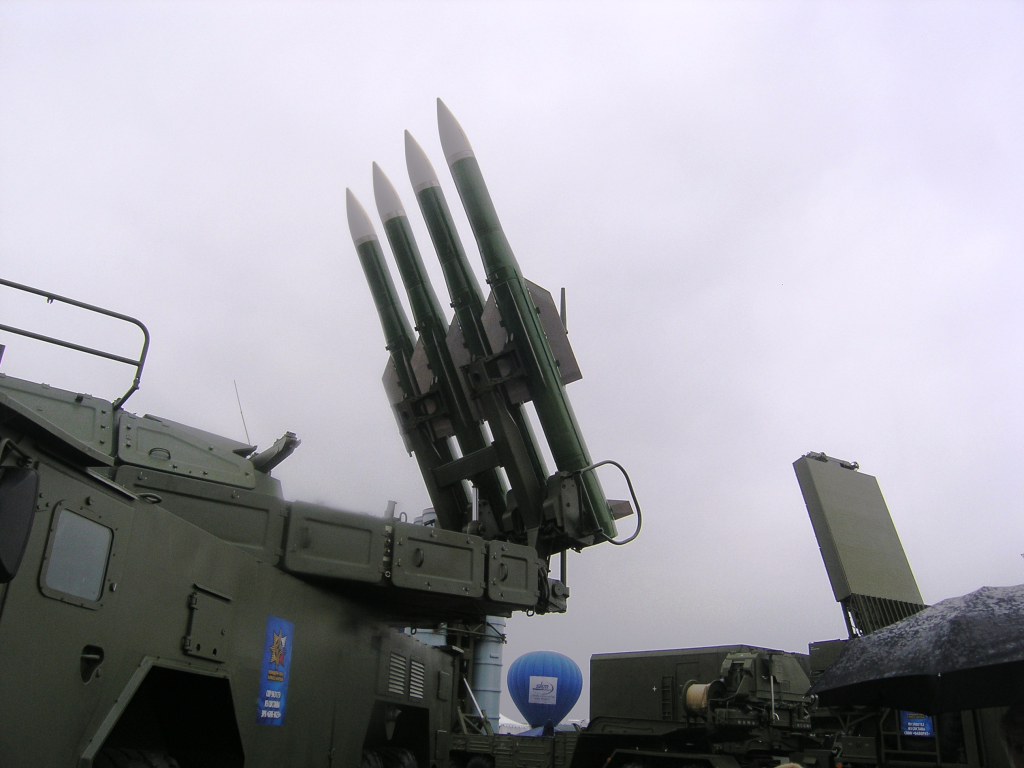
4. Economic Asymmetry in Air Defense Warfare
The shooting down of a $25 million Buk-M2 by comparatively inexpensive artillery shells indicates a broader economic imbalance. Russia’s own application of drone saturation strategy exploits this asymmetry in reverse by making Ukraine expend costly interceptors on inexpensive Shahed drones.
Analysts note that taking out a $20,000–$50,000 drone using a million-dollar missile is not an option. Ukraine’s precision killing of high-cost targets like the Buk reverses the cost ratio on its head, compelling Russia to replace expensive-to-manufacture equipment and crew-train for them, while covering only a fraction of the cost of getting Ukraine to take them out.
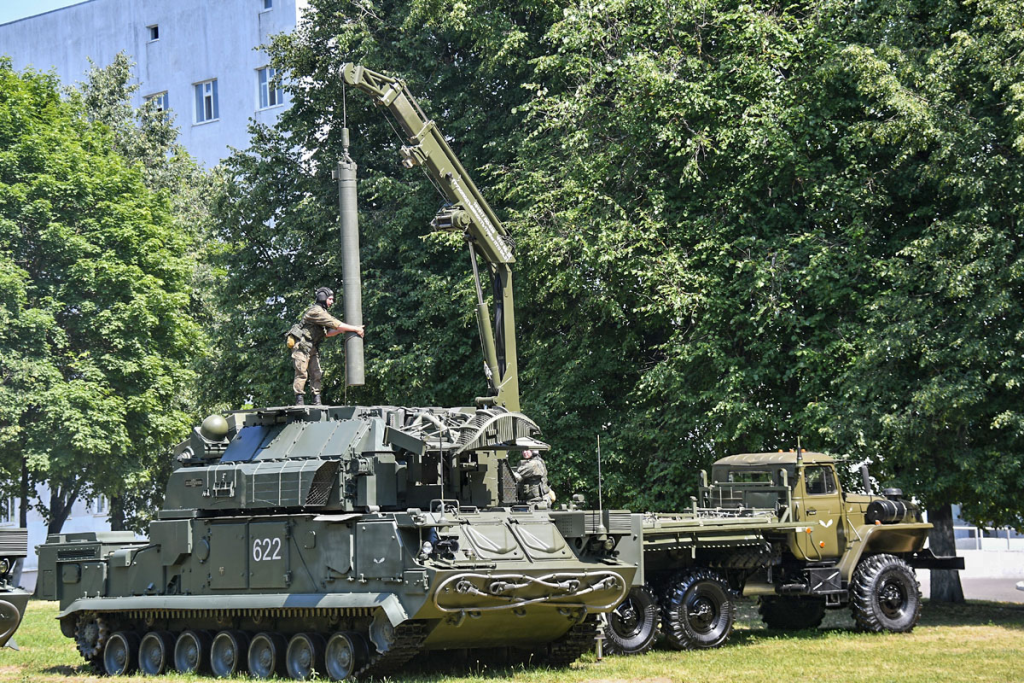
5. Disrupting the Layered Shield
Russia has its air defense organized in layers short-range such as Tor-M2, medium-range Buk versions, and long-range S-300 or S-400 batteries. Each layer addresses different altitudes and threats. By knocking out nodes in this network, Ukraine opens up vulnerable gaps.
April’s coordinated strikes, though limited in number, destroyed three systems and a command vehicle, suspending an entire air defense system within one sector. The September Buk-M2 strike, while quantitatively smaller, continues this attrition strategy, lowering Russia’s ability to counter manned and unmanned Ukrainian aircraft.
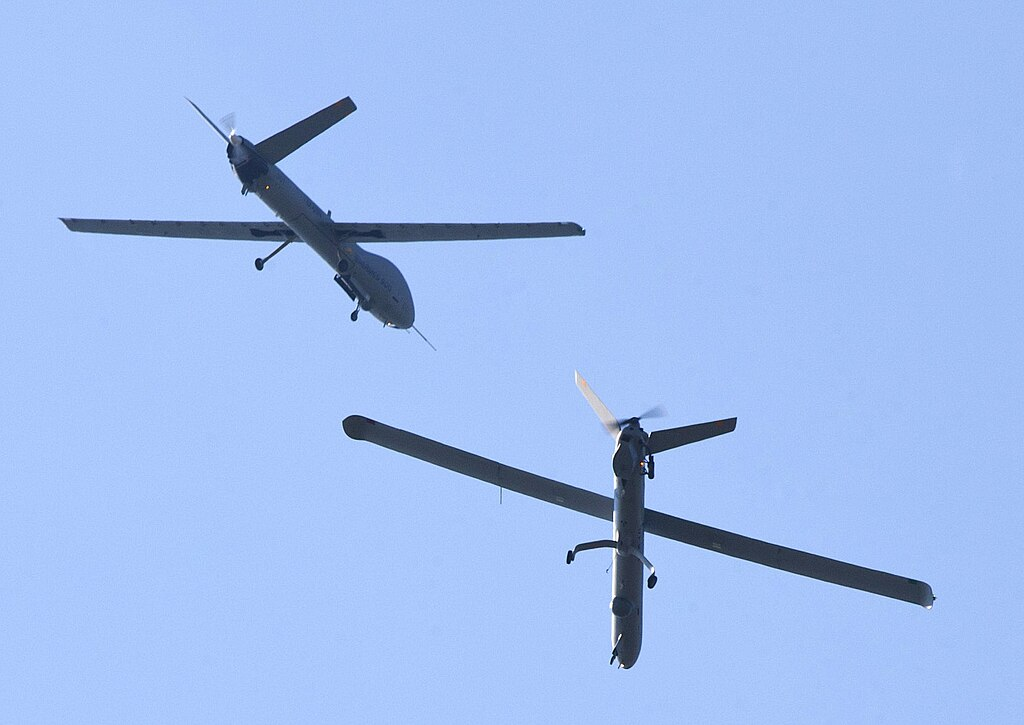
6. The Shift to Drone-Driven SEAD
SEAD has previously been the role of specialist purpose aircraft and anti-radiation missiles. In Ukraine, unarmed reconnaissance and armed drones have started to take on this role. Recent operations have seen multirotor bomber drones targeting Buk systems well behind the front lines, sometimes over 60 kilometers from combat areas.
This transformation is motivated by need and opportunity: Ukraine lacks air superiority for performing conventional SEAD, but drones offer the low-risk, flexible option that can be employed in mass and precision-targeted.
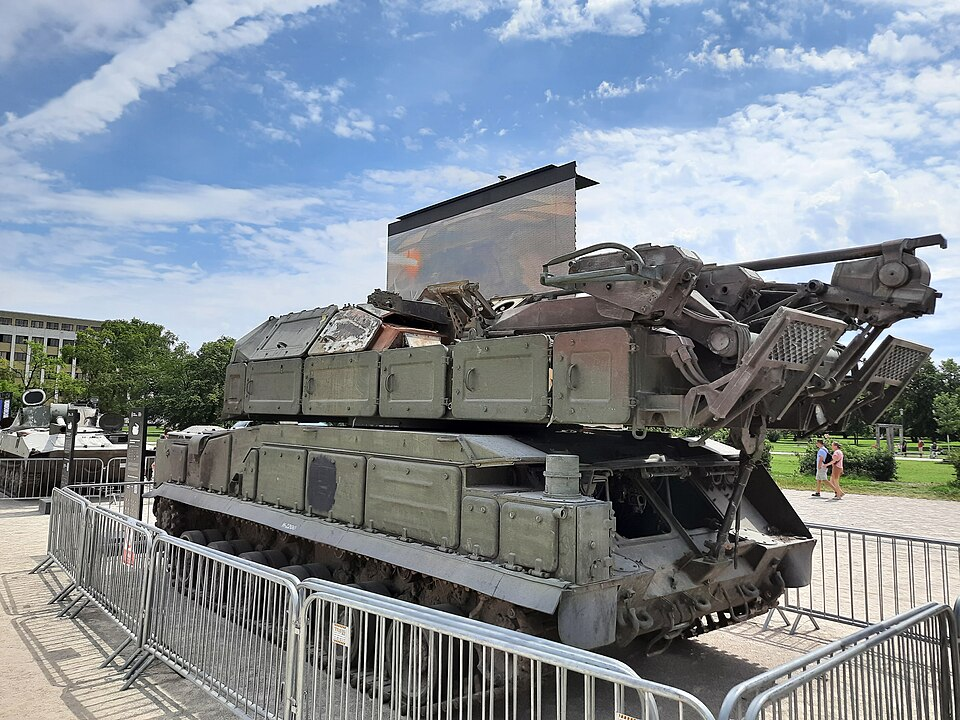
7. Lessons for Future Air Defense and Offense
The destruction of Buk-M2 highlights several emerging lessons. Mobility is key long-lasting air defense systems that remain stationary are top-priority targets. Continual air surveillance is a treasure for both defense and offense. And cheap kill chains, where cheap weapons destroy expensive ones, can be tactically powerful.
For Ukraine’s backers, the strike is a testament to the fact that backing drone integration, fast targeting networks, and cheap precision munitions can deliver disproportionate returns. For Russia, it is a reminder of the difficulty of protecting high-value assets in a battlefield where the enemy’s eyes are virtually always overhead.
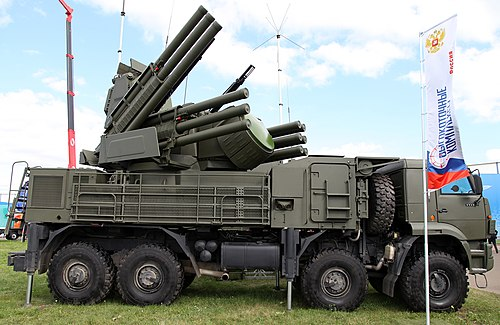
The September 5 downing of the Buk-M2 was not just a tactical win it was a moment capturing a war in which information, accuracy, and cost analysis are as important as firepower. With Ukraine steadily dismantling Russia’s air defense system, each system downed does not only shift the tactical balance but also heralds the accelerated development of the way wars are waged and won these days.
